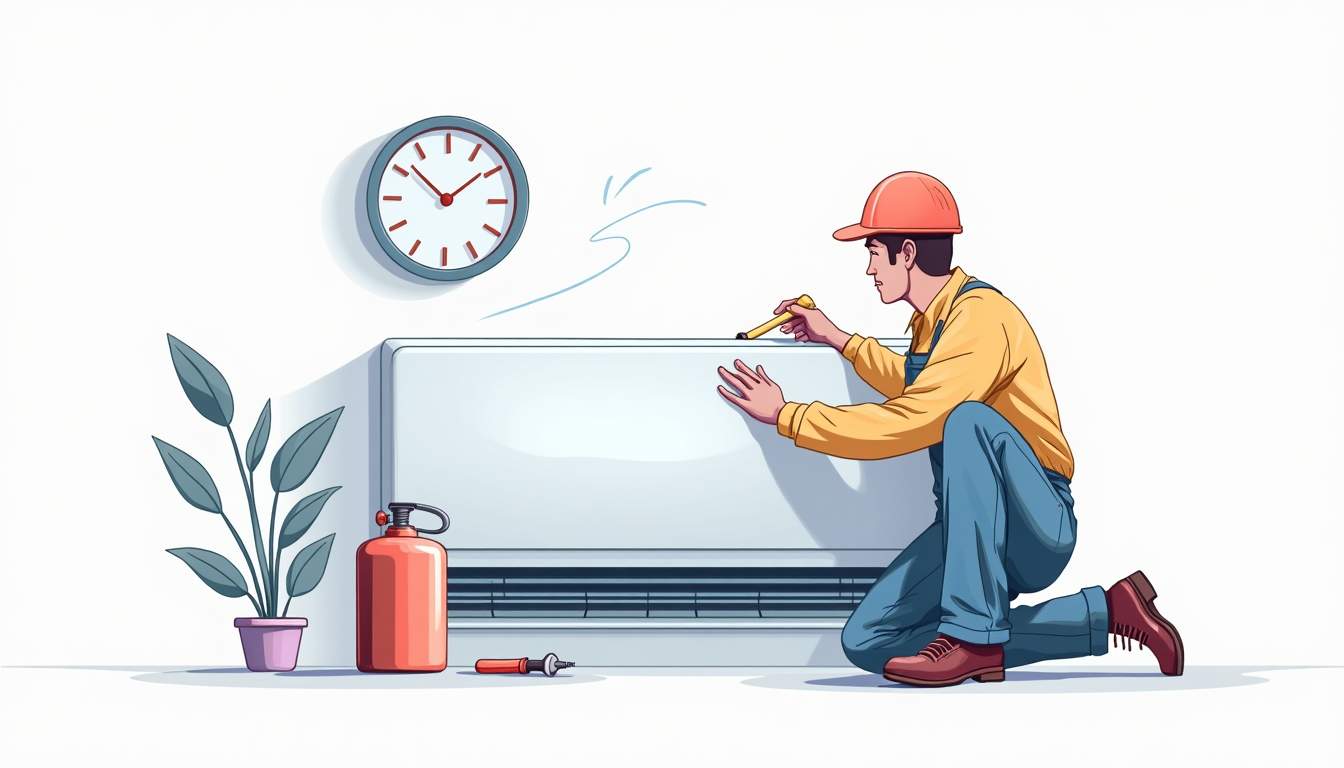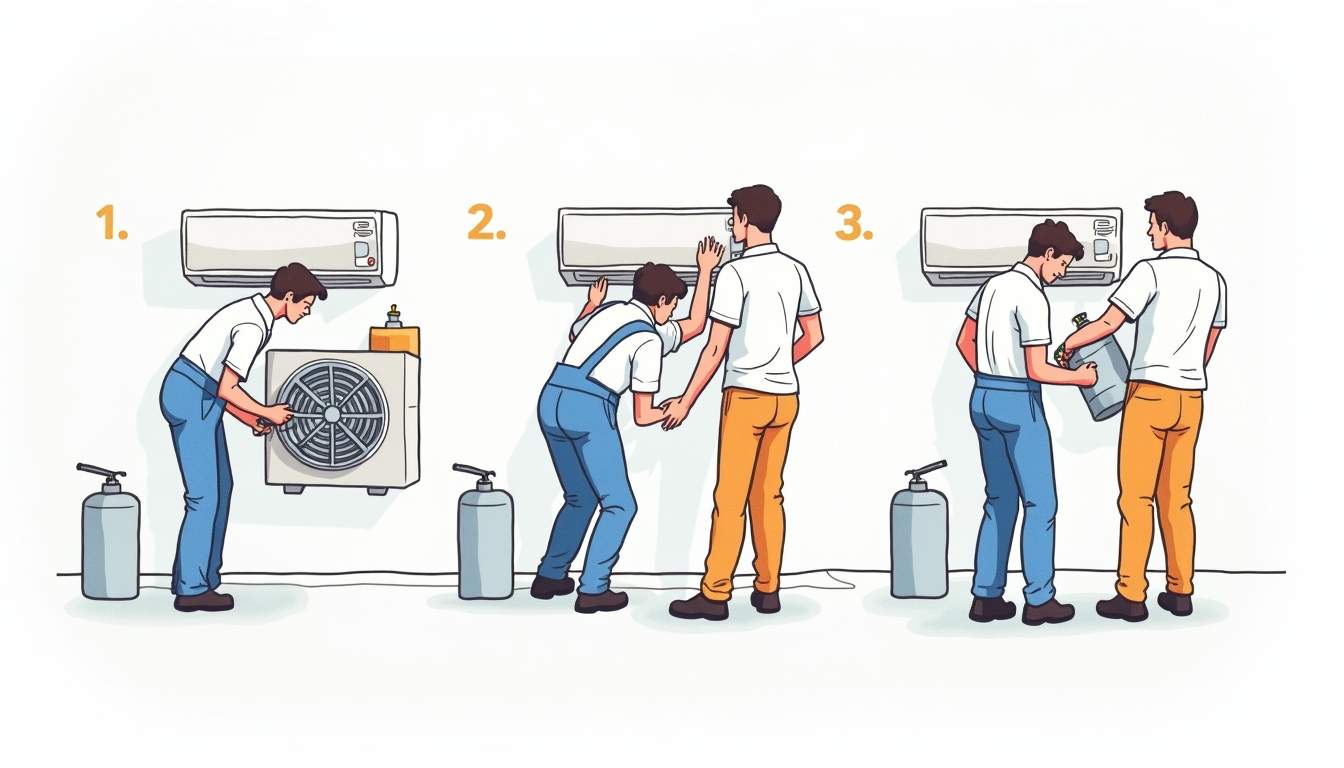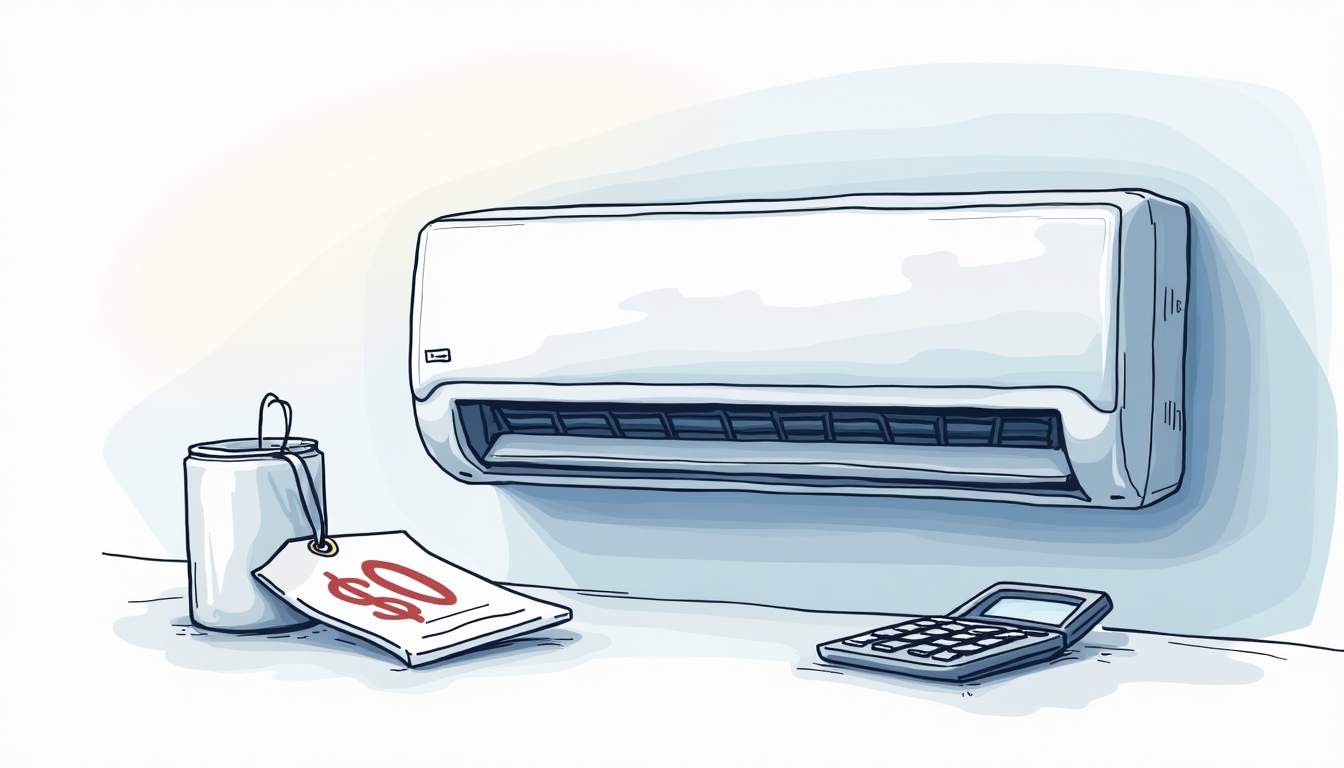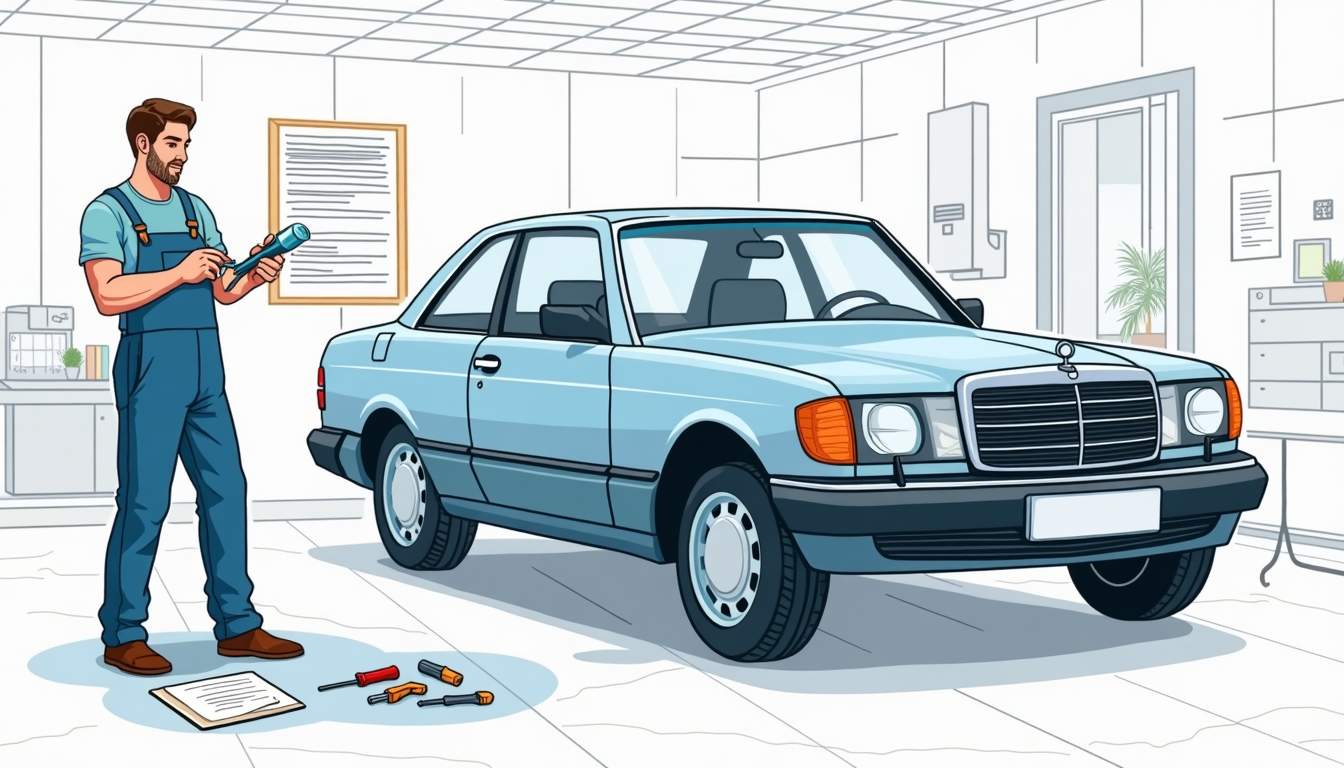
When your car’s air conditioning suddenly stops blowing cold air, it’s easy to jump to conclusions. Sometimes, the fix is simpler than you think-a quick AC gas top-up might be all you need. But what exactly happens during this service? Understanding the process can help you feel confident the next time your AC needs attention.
Why Your Car’s AC Might Need a Gas Top-Up
Air conditioning systems rely on refrigerant gas to cool the air inside your vehicle. Over time, this gas can leak or gradually diminish, causing your AC to lose its chill. Unlike oil or coolant, refrigerant doesn’t get “used up” in the traditional sense; it’s a closed system. So, if your AC isn’t cooling well, it often means there’s a leak somewhere.
That said, a gas top-up is a common maintenance step to restore cooling efficiency. It’s important to note that simply adding refrigerant without fixing leaks is a temporary fix. But for many drivers, topping up the gas is the first step in getting their AC back to normal.
One of the most common reasons for refrigerant loss is wear and tear on the seals and hoses within the AC system. Over time, exposure to heat and vibration can cause these components to degrade, leading to small leaks that can go unnoticed. Regular inspections can help catch these issues early, preventing the need for more extensive repairs down the line. Additionally, the type of refrigerant used in your vehicle can also play a role; for instance, older vehicles may use R-12, while newer models typically use R-134a or R-1234yf, each with different characteristics and environmental impacts.
Furthermore, the performance of your AC system can also be affected by factors such as the age of your vehicle, the frequency of use, and even the climate in which you drive. In hotter regions, the AC system works harder, which can accelerate wear and lead to more frequent gas top-ups. Keeping an eye on the performance of your AC, such as any unusual noises or a decrease in airflow, can help you identify potential issues before they become significant problems. Regular maintenance not only ensures a comfortable ride but can also enhance the longevity of your vehicle’s air conditioning system. For professional assistance and reliable AC services, visit SoCool.
How to Know It’s Time for an AC Gas Top-Up
Signs Your AC Is Low on Refrigerant
There are a few telltale signs that your AC system might be running low on refrigerant. The most obvious is when the air coming out of the vents isn’t as cold as it used to be, even when the fan is on full blast.
Other symptoms include:
- Longer cooling times—your car takes a while to cool down.
- Hissing or bubbling noises from the AC system.
- Visible oil residue around AC fittings or hoses, which could indicate a leak.
- The AC compressor cycling on and off more frequently than usual.
If you notice any of these, it’s a good idea to have your AC checked before the problem worsens. Additionally, you might find that your energy bills are creeping up without any significant changes in usage. This could be a result of your AC working overtime to compensate for the lack of refrigerant, leading to inefficient cooling and higher energy consumption. Keeping an eye on your utility bills can be a helpful indicator of underlying issues with your AC system.
Moreover, it’s essential to understand that low refrigerant levels can not only affect the cooling efficiency but can also lead to more severe damage over time. If the system continues to operate with insufficient refrigerant, it can cause the compressor to overheat and fail, resulting in costly repairs. Regular maintenance checks can help catch these issues early, ensuring your AC runs smoothly and efficiently throughout the hot months.
Step-by-Step: What Happens During an AC Gas Top-Up Service
Initial Inspection and Leak Detection
The technician will start by inspecting the AC system for leaks. Since refrigerant leaks are the main reason for low gas levels, this step is crucial. They might use a special UV dye injected into the system or an electronic leak detector to find even the smallest leaks. This initial inspection not only helps in identifying obvious leaks but also in spotting potential weak points in the system that could lead to future issues.

If a leak is found, it will need to be repaired before topping up the gas. Otherwise, the refrigerant will just escape again, and the problem will return. The technician may also check the connections, seals, and fittings, as these are common culprits for leaks. A thorough inspection can save time and money in the long run by preventing repeated service visits.
Evacuating the Old Refrigerant
Once the system is confirmed leak-free or after repairs, the technician will evacuate any remaining refrigerant. This step ensures that the system is free of contaminants and moisture, which can damage components and reduce efficiency. Contaminants can include dirt, debris, and even old refrigerant that can cause the system to run inefficiently.
Using a vacuum pump, the system is pulled down to remove old gas and moisture. This process typically takes around 30 minutes and is essential for a proper recharge. During this time, the technician may also check the vacuum gauge to ensure that the system is achieving the necessary vacuum level, indicating that it is ready for recharging. A proper evacuation is key to maximizing the lifespan and performance of the AC system.
Recharging with the Correct Amount of Refrigerant
After evacuation, the AC system is recharged with the exact amount of refrigerant specified by the vehicle manufacturer. Overcharging or undercharging can both cause performance issues or damage the system. The technician will refer to the vehicle’s specifications, which can usually be found in the owner’s manual or on a label under the hood, to ensure accuracy.
The technician will carefully measure and add the refrigerant, monitoring pressure gauges to ensure everything stays within safe operating limits. This precision helps restore optimal cooling performance. Additionally, they may also check for any signs of wear or damage in the refrigerant lines, ensuring that the entire system operates smoothly and efficiently after the recharge.
System Testing and Final Checks
With the system recharged, the technician will run the AC to verify that it’s cooling properly. They’ll check the temperature of the air coming from the vents and listen for any unusual noises that might indicate lingering issues. This testing phase is critical, as it allows the technician to confirm that the system is not only functioning but also performing at its best.
Sometimes, additional checks on the compressor’s operation and the condition of belts and hoses are performed to ensure the entire system is in good shape. The technician may also inspect the cabin air filter, as a clogged filter can restrict airflow and reduce cooling efficiency. By addressing all these components, the technician ensures that the AC system is not just recharged, but fully optimized for the upcoming hot months ahead.
How Long Does an AC Gas Top-Up Take?
Typically, an AC gas top-up service takes between 45 minutes to an hour. This timeframe includes leak detection, evacuation, recharging, and testing. If leaks are found and repairs are needed, the service can take longer depending on the complexity of the fix.
It’s a relatively quick service, especially compared to more involved AC repairs or component replacements.
Costs to Expect for an AC Gas Top-Up Service
The price for topping up your AC gas can vary widely depending on location, vehicle type, and the technician’s rates. On average, expect to pay between $100 and $250.

If leaks are detected and repaired, costs can increase. Leak repairs might involve replacing hoses, seals, or other components, which adds to the final bill.
It’s worth getting a detailed estimate upfront so you know what to expect.
Tips to Maintain Your Car’s AC System
Keeping your AC system in good shape doesn’t have to be complicated. Here are some simple tips to prolong its life and avoid frequent gas top-ups:

- Run the AC regularly: Even in cooler months, running the AC helps keep the system lubricated and prevents seals from drying out.
- Park in the shade: Reducing heat buildup inside your car lessens the strain on the AC system.
- Check for leaks early: If you notice any signs of poor cooling or strange noises, get your AC inspected promptly.
- Replace cabin air filters: Clean filters improve airflow and reduce the load on your AC system.
When to See a Professional Versus DIY
While there are DIY refrigerant recharge kits available, they’re not always the best choice. Without proper tools and knowledge, it’s easy to overcharge or introduce contaminants into the system.
Professionals have the equipment to safely evacuate and recharge the system and can detect leaks that might go unnoticed otherwise. If your AC is just starting to feel less cold, a professional service is the safest bet.
However, if you’re comfortable with basic car maintenance and want to try a recharge kit, make sure to follow instructions carefully and check your vehicle’s service manual for the correct refrigerant type and amount.
Final Thoughts
Getting your car’s AC gas topped up is a straightforward service that can make a big difference in comfort during hot weather. Knowing what to expect-from leak detection to precise recharging-helps demystify the process and ensures you get the best results.
Don’t ignore signs of a struggling AC system. Early attention can save you money and keep your drives cool and pleasant all year round.